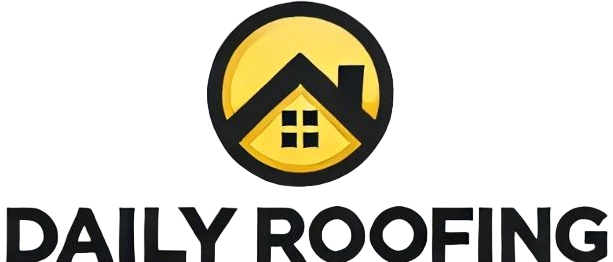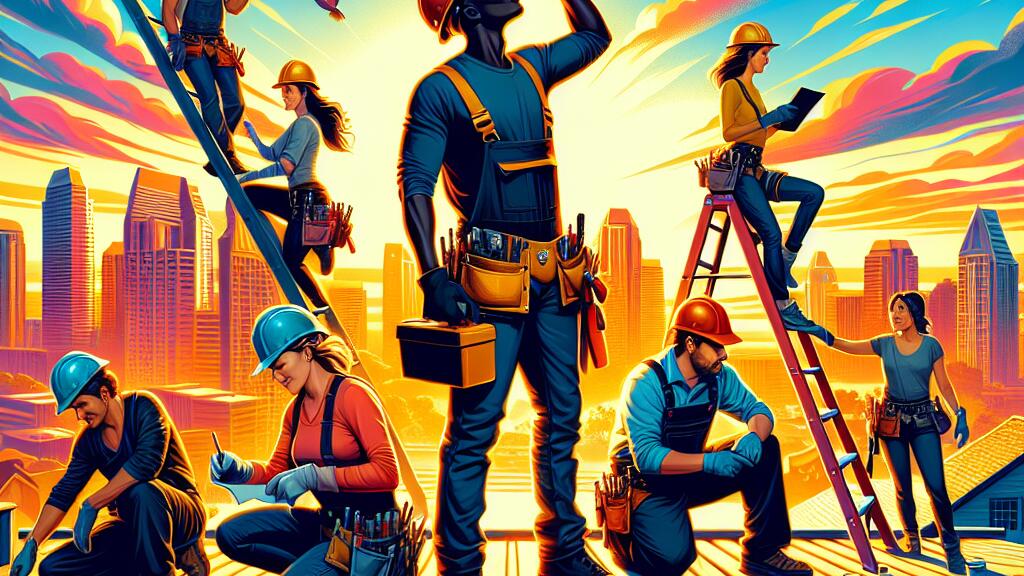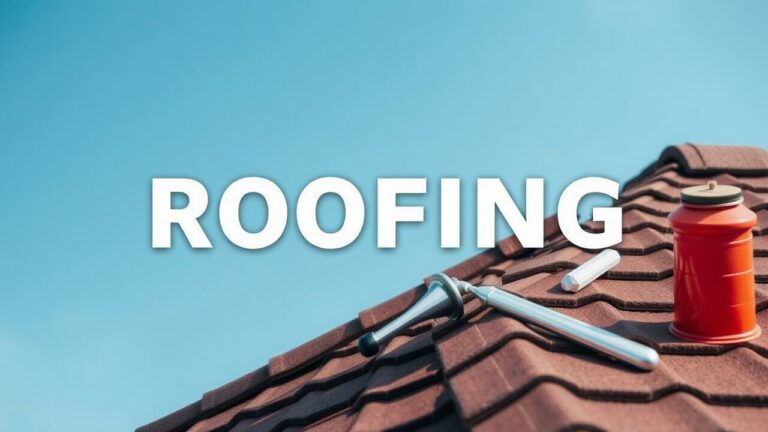Why Regular Roof Inspection is Important
Consequences of neglecting roof inspections
Neglecting regular roof inspections can lead to a multitude of costly consequences for homeowners. A small issue that may have been easily repaired during a routine inspection can quickly escalate into a major problem if left unattended. Leaks, structural damage, and mold growth are just a few of the potential issues that can arise from neglecting the maintenance of your roof. Ignoring these warning signs can result in significant repair costs and disruptions to your daily life.
Furthermore, neglecting roof inspections can also impact the overall safety and structural integrity of your home. A compromised roof can pose serious risks to the occupants of the house, including the potential for collapses or other structural failures. By regularly inspecting your roof and addressing any issues promptly, you can ensure that your home remains a safe and secure place for you and your loved ones.
Increased repair costs
Neglecting regular roof inspections can result in significantly increased repair costs. Small issues that go unnoticed or untreated can escalate into major problems over time, leading to more extensive damage to the roof structure. By the time these problems are finally addressed, the repair costs are likely to be much higher than if they had been caught early on through routine inspections.
Furthermore, postponing necessary repairs due to lack of inspection can exacerbate the situation. What might have been a minor repair can turn into a full roof replacement if left unattended for too long. This not only increases the financial burden on the homeowner but also poses potential risks such as water leaks, mold growth, and compromised structural integrity. Regular roof inspections are a proactive measure that can help prevent such costly scenarios.
Importance of roof inspections for insurance purposes
Roof inspections play a crucial role in the insurance realm, particularly when it comes to validating coverage claims. Insurance companies often require proof that routine roof inspections have been conducted to ensure that the property is well-maintained and any potential issues are addressed promptly. By demonstrating a proactive approach to roof maintenance through regular inspections, policyholders can increase the likelihood of their insurance claims being processed smoothly and efficiently.
Furthermore, in the event of damages caused by natural disasters or unforeseen circumstances, having a record of regular roof inspections can provide evidence to support insurance claims. Insurance companies may request inspection reports as part of the claims process to verify the condition of the roof before the incident occurred. This transparency and documentation can aid in expediting the claims process and receiving appropriate coverage for any necessary repairs or replacements.
Validating coverage claims
Validating coverage claims is a critical reason for conducting regular roof inspections. In the event of damage to your roof, having up-to-date inspection records can help substantiate your insurance claim. Insurance companies often require proof that your roof was well-maintained and in good condition prior to the damage occurring. Without recent inspection reports, your claim may be denied or undervalued, leaving you to bear the financial burden of repairs alone.
By regularly inspecting your roof and keeping detailed records of these inspections, you can ensure that your insurance coverage accurately reflects the condition of your roof. Validating coverage claims through roof inspections not only safeguards you financially but also gives you peace of mind knowing that you are prepared in the event of unexpected roof damage. Insurers are more likely to process your claim smoothly and efficiently with the support of thorough and current inspection documentation.
Common signs that indicate the need for a roof inspection
When it comes to maintaining the integrity of your home, paying attention to the condition of your roof is crucial. There are several common signs that indicate the need for a professional roof inspection. One of the most noticeable signs is a sagging or uneven roof line. If you observe any areas where the roof appears to be dipping or not aligned properly, it could be a sign of structural damage that needs immediate attention.
Another common sign that it’s time for a roof inspection is the presence of water stains on your ceiling or walls. Water stains can indicate a leak in your roof that could lead to more serious issues if left unaddressed. Regular roof inspections can help to identify and repair leaks before they cause extensive damage to your home.
Sagging or uneven roof lines
One common sign that indicates the need for a roof inspection is the presence of sagging or uneven roof lines. These issues can be caused by various factors such as age, weather damage, or structural issues within the roof. It is important to address sagging or uneven roof lines promptly to prevent further damage to the overall structure of the roof.
Sagging or uneven roof lines can lead to potential leaks, water damage, and even structural instability if left unattended. Regular roof inspections can help identify these issues early on, allowing for timely repairs and maintenance to be carried out. By addressing sagging or uneven roof lines promptly, homeowners can potentially save money in the long run by preventing more extensive damage that may require costly repairs.
How weather conditions impact the need for roof inspections
Weather conditions play a crucial role in determining the necessity for roof inspections. Extreme temperatures, whether scorching heat or freezing cold, can have adverse effects on the roof’s materials, causing them to expand and contract. Such constant fluctuations can lead to cracks, warping, or other damages that may go unnoticed without a proper inspection. Additionally, heavy precipitation, such as rain or snow, can exacerbate existing issues like leaks or water damage. Regular inspections after severe weather events can help identify and address any potential problems before they escalate into costly repairs.
Moreover, strong winds associated with storms can loosen shingles, flashing, or other components of the roof structure. These compromised elements can compromise the roof’s integrity and durability, making it more susceptible to leaks and structural damage. By conducting routine inspections following severe weather conditions, homeowners can ensure that their roofs remain in optimal condition and can withstand future inclement weather without major issues.
Extreme temperatures and precipitation
Extreme temperatures and precipitation can have a significant impact on the condition of a roof. In regions where extreme heat or cold are common, roofs can deteriorate at a faster rate due to expansion and contraction of the materials. Prolonged exposure to intense sunlight can cause shingles to become brittle and crack, while freezing temperatures can lead to ice dams forming along the edges of the roof, resulting in water seepage and damage.
Moreover, heavy rainfall, snow, or hail can put a strain on the roof structure, leading to leaks and water infiltration. When water seeps under the roof layers, it can cause rot, mildew, and mold growth, compromising the integrity of the roof. Therefore, in areas prone to extreme weather conditions, regular roof inspections are crucial to identify any potential issues early on and prevent costly repairs in the long run.
FAQS
Why is regular roof inspection important?
Regular roof inspection is important to ensure the structural integrity of your roof, identify potential issues early on, and prevent costly repairs in the future.
What are the consequences of neglecting roof inspections?
Neglecting roof inspections can lead to increased repair costs, compromised safety, and potential insurance coverage issues in case of damage.
How do weather conditions impact the need for roof inspections?
Weather conditions such as extreme temperatures and precipitation can accelerate wear and tear on your roof, making regular inspections essential to catch any damage early.
What are some common signs that indicate the need for a roof inspection?
Signs that indicate the need for a roof inspection include sagging or uneven roof lines, water stains on ceilings, missing or damaged shingles, and debris buildup in gutters.
Why are roof inspections important for insurance purposes?
Roof inspections are important for validating coverage claims in case of damage and ensuring that your insurance policy accurately reflects the condition of your roof.







